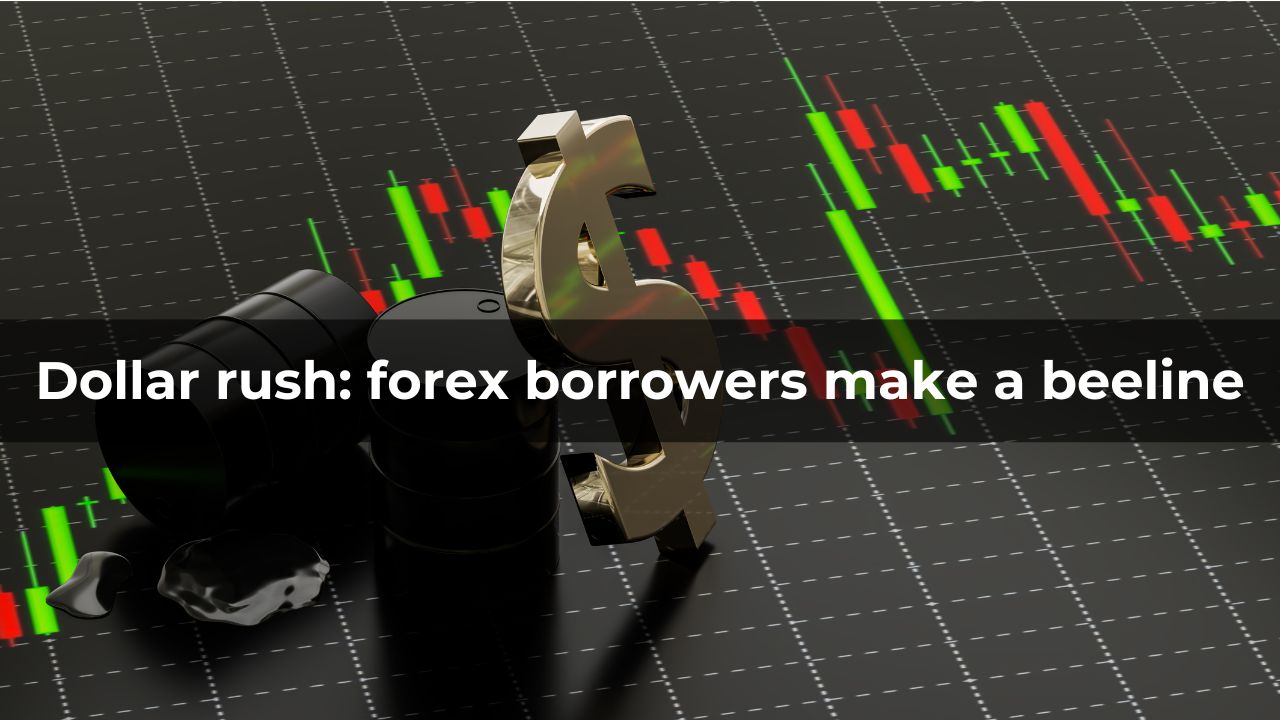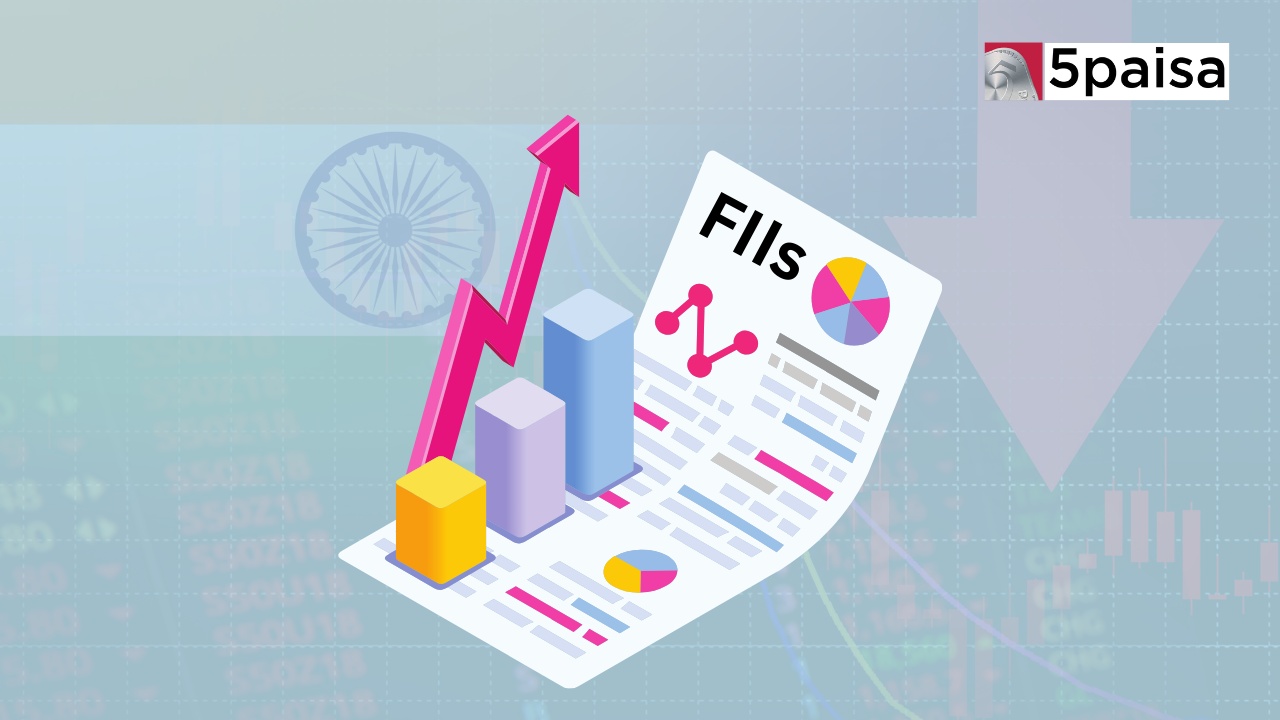Dollar rush; as forex borrowers make a beeline for dollars

Last Updated: 22nd July 2022 - 02:25 pm
Before we get into this story in greater detail, let us first understand the difference between a hedged position and an unhedged position. A hedged position is a protected position and today it is possible to hedge your risk with the use of futures and options. For example, if you have a dollar payable after 3 months, you can either hedge your position by paying USDINR futures or you can also hedge your position by buying call options on the USDINR. If the rupee weakens, your F&O position compensates you for the loss. But there is a catch!
Any type of hedging has two kinds of risks. Firstly, hedging has a cost. Whether you hedge with currency futures or with currency options or through dollar ready forwards, there is a cost, which can be in the form of forward premium or margin on futures or option premium. The other risk is that a 100% hedge would offset you losses but will not leave you richer. That is why most of the foreign currency borrowers who have payables in dollars, tend to keep some position open or unhedged. That is not a problem as long as rupee is stable.
The problem arises like in the current juncture when the rupee has suddenly weakened by 8% against the dollar in a short span of time. That is the kind of depreciation that dollar borrowers are not used to and hence it creates a risk. To counter this risk, scores of Indian companies are rushing to hedge their overseas dollar debt against further declines in the rupee. The problem is that this kind of panic buying of dollars in the market can only worsen the rupee weakness and also worsen their own exposure problem in dollars.
According to the RBI estimates, as of March 2022, Indian companies had left nearly 44% of their total overseas borrowings unhedged or uncovered. That translates into approximately $79 billion of unhedged offshore loans at the end of March. The figure may have changed since March but not by much, so this would still be representative. Due to the 8% weakening of the rupee versus the dollar, the effective cost of servicing the dollar debt for the borrowers has gone up by nearly 8%. That is enough to create a financial crunch.
Not surprisingly, the companies with open positions on their dollar loans are rushing to hedge their loans. That is where a cascading situation is expected. A surge in dollar demand would force the RBI to intervene and offer dollars, but only up to a point. Once the RBI sees its reserves depleting rapidly, it will take a back seat and that adds a new dimension of risk to the dollar borrowers. According to banks, a chunk of the dollar pressure in the last few weeks has actually come from this type of desperate hedging dollar demand.
Why did the proportion of unhedged loans build up so rapidly? To an extent, most companies were lulled into complacency about their dollar exposure. They believed that the RBI intervention would ensure that the rupee would remain a range, limiting their risk. However, with the RBI forex reserves depleting from $647 billion to $580 billion, the central bank is unlikely to take too many chances. That is what most of the forex borrowers are worried now. They don’t want to be caught between the devil and the deep sea.
- Flat ₹20 Brokerage
- Next-gen Trading
- Advance Charting
- Actionable Ideas
Trending on 5paisa
06
 Tanushree Jaiswal
Tanushree Jaiswal
Global Market Related Articles
Disclaimer: Investment in securities market are subject to market risks, read all the related documents carefully before investing. For detailed disclaimer please Click here.
 5paisa Research Team
5paisa Research Team




